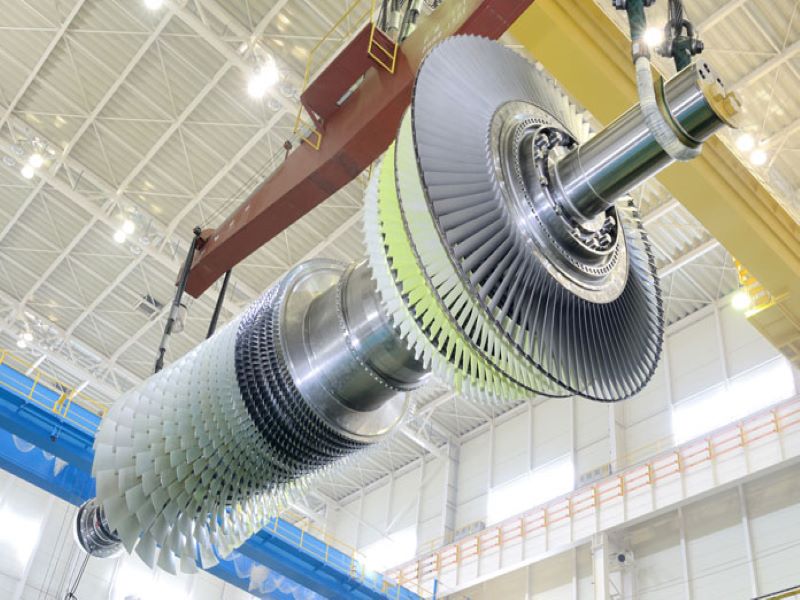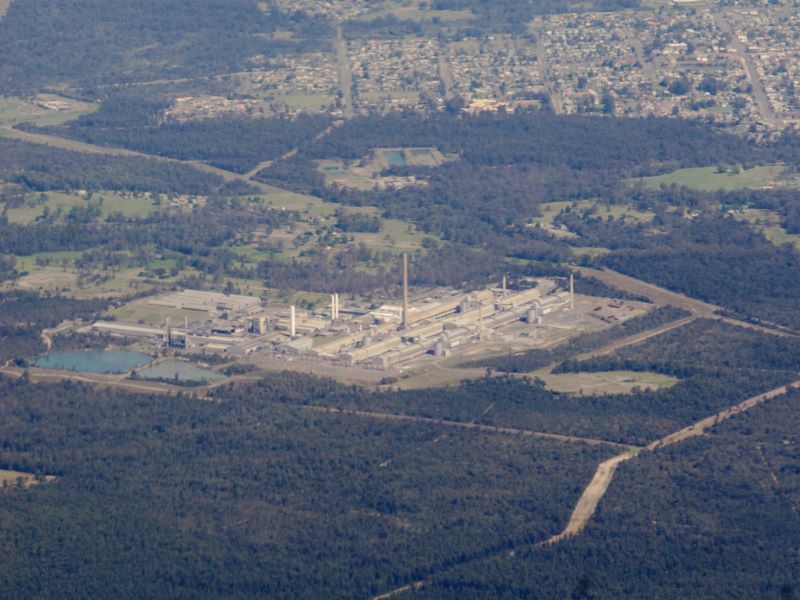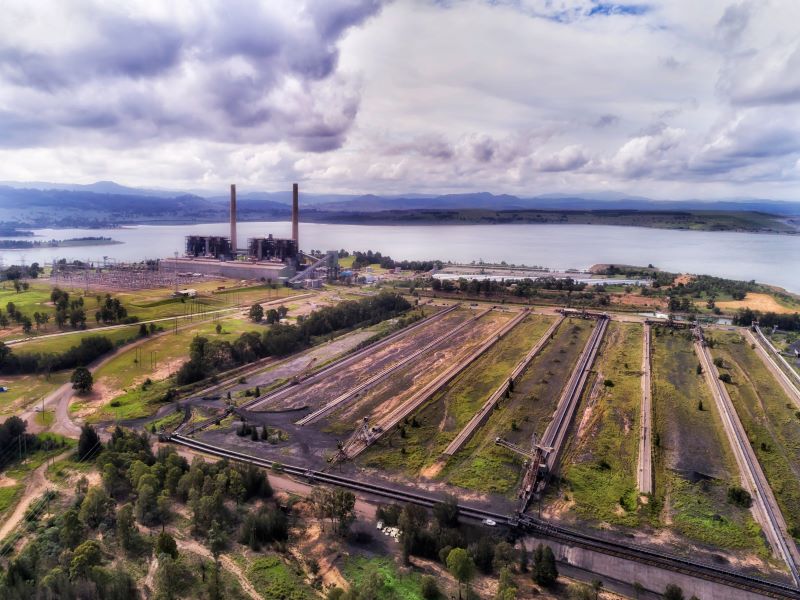The Hunter power project is a 660MW open-cycle power plant proposed to be developed in Hunter Valley, New South Wales (NSW), Australia, by Snowy Hydro, an electricity generation and retailing company.
The project is expected to generate up to 600 direct jobs during the construction period, along with an additional 1,200 indirect jobs. Upon commissioning, Snowy Hydro will employ 20 personnel for the operation and maintenance of the plant.
Construction of the project is expected to commence in 2022, with commissioning to be completed by December 2023.
Hunter power project location
The Hunter power project site is approximately 120km north of Sydney at Kurri Kurri, located in the Hunter Valley region of NSW.
The plant is planned to be constructed on the former 500,000m² (5.38 million ft²) aluminium smelter site of Norwegian firm Norsk Hydro at Kurri Kurri. The smelting plant was closed in 2014.
Project background
The Hunter power project is expected to support the Australian Government’s target of achieving 1,000MW of new dispatchable energy. Set in September 2020, the target aims to eliminate unacceptable price increases in power following the planned closure of the Liddell power station in 2023.
The proposal to construct the Hunter power plant was declared a critical state significant infrastructure (CSSI) project by the NSW Government in December 2020.
The federal government committed up to A$600m ($467.62m) for the proposed project in the 2021-2022 budget.
Hunter power project make-up
The plant will be equipped with two M701F (330×2) gas turbines operating in open cycle. The turbines will use natural gas as the primary source, while diesel will serve as the backup fuel.
The M701F gas turbines are also hydrogen-ready for co-firing when required. Each turbine can initially burn up to 10% hydrogen or up to 30% with a nominal additional investment. The turbines provide the future potential to operate completely on hydrogen to enable zero-carbon emissions.
The gas-fired power plant will be designed as a peak load electricity generation facility, which will meet electricity demand at short notice, for example during high community demand, low power supply from intermittent renewable sources or outages at base-load power stations.
A new 132kV electrical switchyard will be constructed next to the project site for network connection with three outgoing lines.
Natural gas supply
The natural gas required for the power plant operations is expected to be sourced through Jemena Gas Network’s Sydney-to-Newcastle gas pipeline. A gas supply infrastructure with a storage capacity of more than 43 terajoules (TJ) is planned to be built.
Australian energy infrastructure company APA was named the preferred partner for the planning, construction and ultimate ownership of the gas lateral infrastructure for the project.
The proposed natural gas infrastructure includes a 19km-long and 14in-diameter lateral gas pipeline as well as a 13.5km-long and 42in-diameter looping pipeline.
Contractors involved
Mitsubishi Power was awarded a contract to supply two M701F gas turbines along with generators and associated equipment for the project in October 2021. The company will provide the gas turbines, generators and auxiliary equipment from Japan through Mitsubishi Power Australia.
The gas turbines will be manufactured at Mitsubishi Power’s Takasago Machinery Works facility, located 50km to the west of Kobe in Hyogo Prefecture, while the generators will be manufactured by Mitsubishi Electric.






